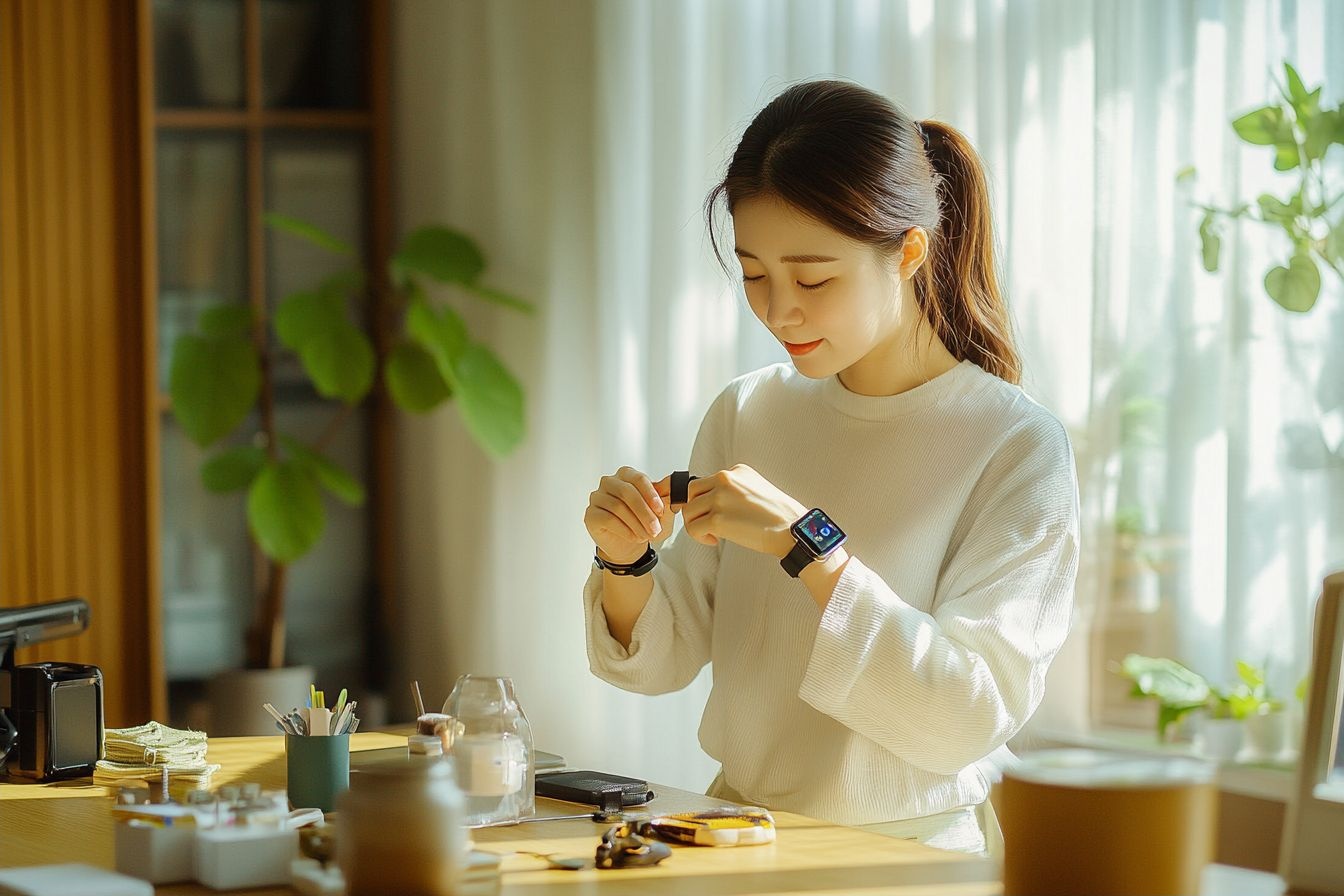Biophilic Lighting: Illuminating the Path to Enhanced Well-being
In a world where we spend increasingly more time indoors, could the secret to better health and wellness be as simple as changing the way we light our spaces? Biophilic lighting, an innovative approach to illumination, is gaining traction as a powerful tool for improving our physical and mental well-being. But what exactly is this groundbreaking concept, and how can it transform our lives?

The Science Behind Biophilic Lighting
At its core, biophilic lighting is based on the concept of biophilia – our inherent affinity for nature and natural processes. This idea, first popularized by biologist Edward O. Wilson in the 1980s, suggests that humans have an innate need to connect with nature for optimal physical and psychological health. Biophilic lighting takes this concept a step further by applying it to our artificial lighting environments.
Research has shown that exposure to natural light patterns plays a crucial role in regulating our circadian rhythms – the internal biological clocks that govern various physiological processes, including sleep-wake cycles, hormone production, and metabolism. When our circadian rhythms are disrupted, it can lead to a host of health issues, including sleep disorders, mood disturbances, and even chronic diseases.
Biophilic lighting systems are designed to mimic the natural progression of daylight, from the cool, bright light of morning to the warm, soft glow of evening. This dynamic lighting approach helps synchronize our internal clocks with the external environment, potentially leading to improved sleep quality, enhanced mood, and increased overall well-being.
The Impact on Health and Productivity
The potential benefits of biophilic lighting extend far beyond better sleep. Studies have shown that exposure to lighting that mimics natural daylight patterns can have a significant positive impact on various aspects of human health and performance.
In healthcare settings, biophilic lighting has been associated with faster patient recovery times, reduced pain perception, and improved staff satisfaction. A study conducted in a hospital intensive care unit found that patients exposed to cycled lighting that mimicked natural daylight patterns experienced shorter hospital stays and reported better sleep quality compared to those in standard lighting conditions.
In office environments, biophilic lighting has been linked to increased productivity, improved cognitive function, and reduced absenteeism. Research conducted by the University of Oregon found that employees working in offices with biophilic design elements, including dynamic lighting, reported 15% higher levels of well-being and were 6% more productive compared to those in standard office environments.
Implementing Biophilic Lighting in Everyday Spaces
While the concept of biophilic lighting may seem complex, integrating it into our daily lives is becoming increasingly accessible. From smart bulbs that can be programmed to mimic natural light cycles to more sophisticated whole-room lighting systems, there are options available for various budgets and spaces.
One approach to incorporating biophilic lighting is through the use of tunable LED lights. These lights can be adjusted to produce different color temperatures and intensities throughout the day, mimicking the natural progression of sunlight. For example, cool, bright light in the morning can help stimulate alertness and productivity, while warmer, dimmer light in the evening can promote relaxation and prepare the body for sleep.
Another strategy involves maximizing exposure to natural daylight whenever possible. This can be achieved through the strategic placement of windows, skylights, and light tubes. For spaces where natural light is limited, light therapy lamps that simulate sunlight can be used to supplement artificial lighting and help regulate circadian rhythms.
Challenges and Considerations
While the potential benefits of biophilic lighting are promising, there are challenges to consider in its implementation. One of the primary hurdles is the initial cost of installing advanced lighting systems, which can be significant for larger spaces. However, proponents argue that the long-term benefits in terms of improved health, productivity, and energy efficiency can offset these upfront costs.
Another consideration is the need for personalization. Individual responses to light can vary based on factors such as age, gender, and personal preferences. As such, biophilic lighting systems may need to be customizable to accommodate diverse needs within shared spaces.
Illuminating Facts: Shedding Light on Biophilic Design
-
Exposure to natural light patterns can increase productivity by up to 18%
-
Biophilic lighting has been shown to reduce eye strain and headaches in office workers by up to 51%
-
Plants in combination with biophilic lighting can improve air quality and reduce stress levels
-
Some biophilic lighting systems can reduce energy consumption by up to 40% compared to traditional lighting
-
Hospitals implementing biophilic design principles have reported up to 8.5% reductions in patient recovery times
As we continue to spend more time indoors, the importance of creating environments that support our natural biological needs becomes increasingly apparent. Biophilic lighting represents a promising frontier in the quest for healthier, more productive indoor spaces. By harnessing the power of natural light patterns, we can potentially improve our sleep, boost our mood, and enhance our overall well-being. As research in this field progresses and technology becomes more accessible, biophilic lighting may soon illuminate the path to a brighter, healthier future for us all.




